At WMODA, all that glistens is not gold. Often it is the reflective surface of the lustrous metallic glazes which shimmer and glisten as they refract the light. One of the pioneers of iridescent luster glazes in England was William de Morgan, who rediscovered the art of the Persian potters.
William de Morgan studied art at the Royal Academy schools but became disillusioned with academic painting and began experimenting with ceramics and stained glass after meeting William Morris, the celebrated Victorian designer. In his early days, he managed to burn the ceiling of his rented London apartment when his kiln went on fire but he persevered with his exploration of the technical aspects of his new media.
In 1872, De Morgan set up a pottery works in Chelsea where he and his small team of artists painted his distinctive designs on blank vases, chargers and tiles purchased from leading manufacturers such as Wedgwood, Minton and the Poole Pottery.
De Morgan’s experiments led to a rediscovery of the luster glazes used in Persian and Hispano Moresque pottery. He also developed his so-called Persian color palette of turquoise, manganese purple and Indian red which was used extensively by the Iznik potters of Turkey. His subject matter included fantastic mythological creatures entwined with intricate foliate motifs and galleons or fish in swirling seas.
For a few years, De Morgan worked closely with William Morris at Merton Abbey, where his ceramics were influenced by the wallpapers and textile designs of Morris and Company. He moved back to London in 1888 where he went into partnership with the architect Halsey Ricardo at a new pottery in Fulham. However, his pottery business was always beset by financial problems and he started to pursue his other interests as a writer. His first novel Joseph Vance in 1906 was such a huge success that he decided to focus on his new literary career and left his Fulham pottery in the hands of his leading painters, the Passenger brothers.
De Morgan turned from tiles to tales and pots to plots and enjoyed much more financial success than with his art pottery. He said at the time, "All my life I have been trying to make beautiful things and now that I can make them nobody wants them." De Morgan would surely be turning in his grave if he could witness the huge interest in his work among collectors and connoisseurs of art pottery today.
Related pages...
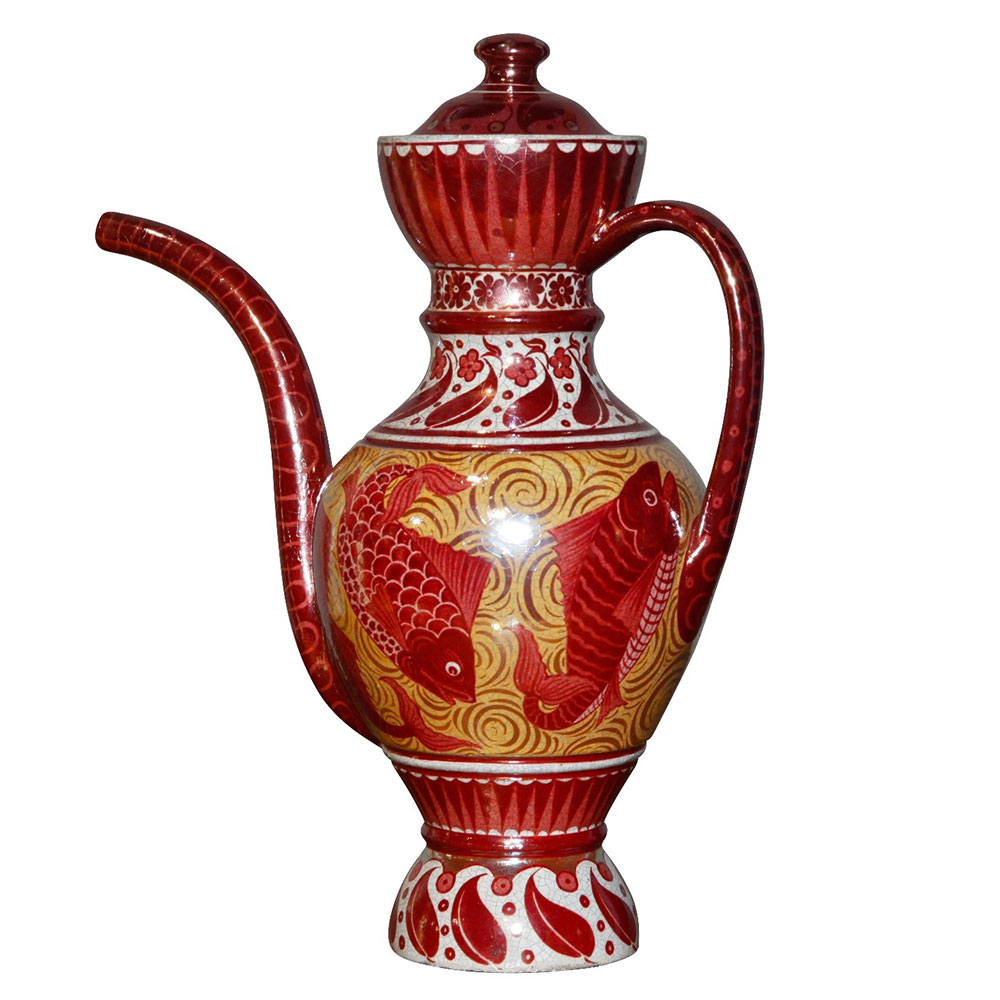
Ruby Luster Coffeepot
by W. De Morgan
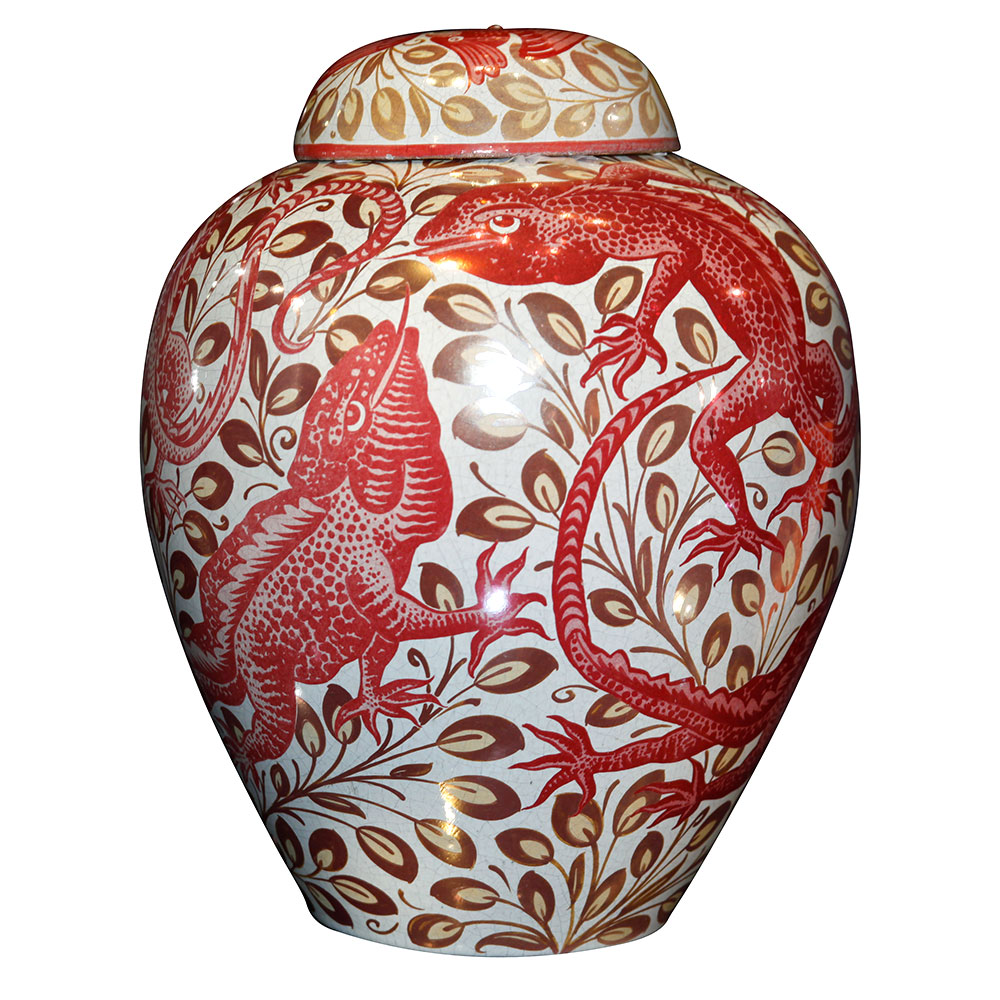
Ruby Luster Reptile Ginger Jar
by W. De Morgan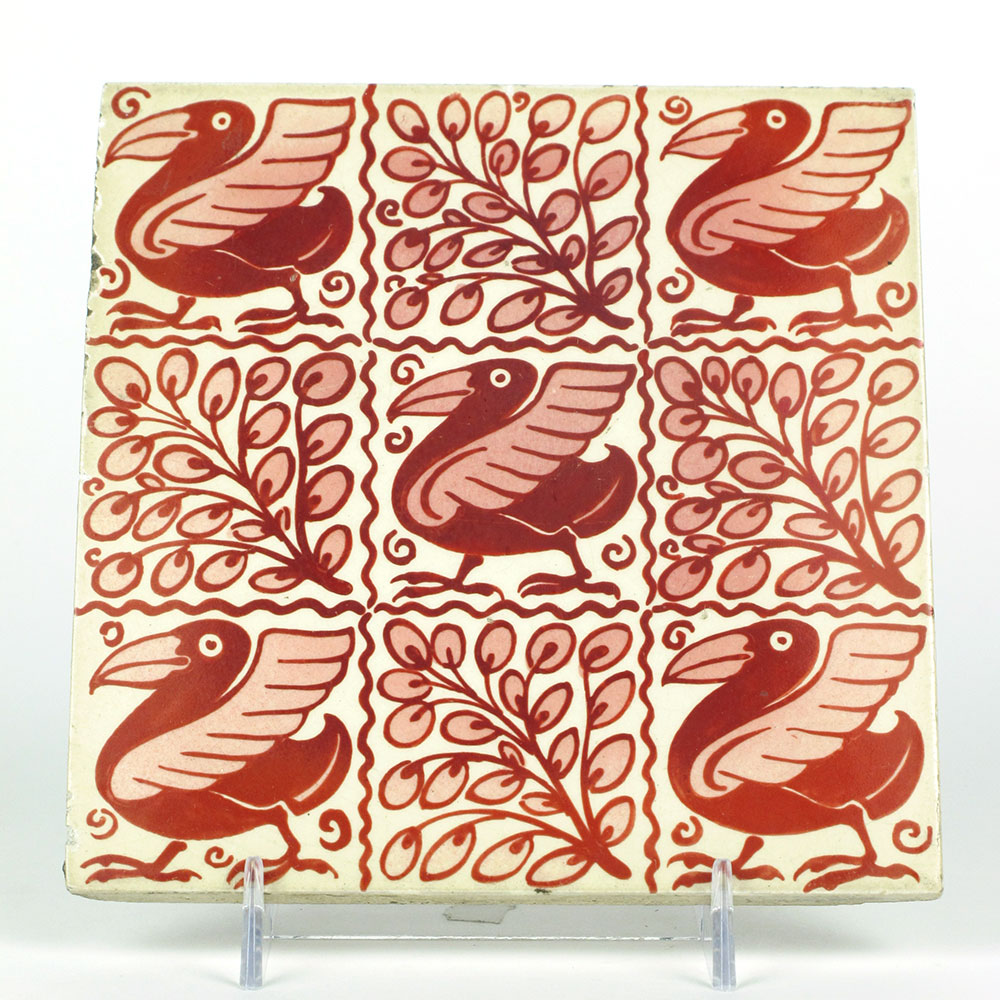
Ruby Luster Tile
by W. De Morgan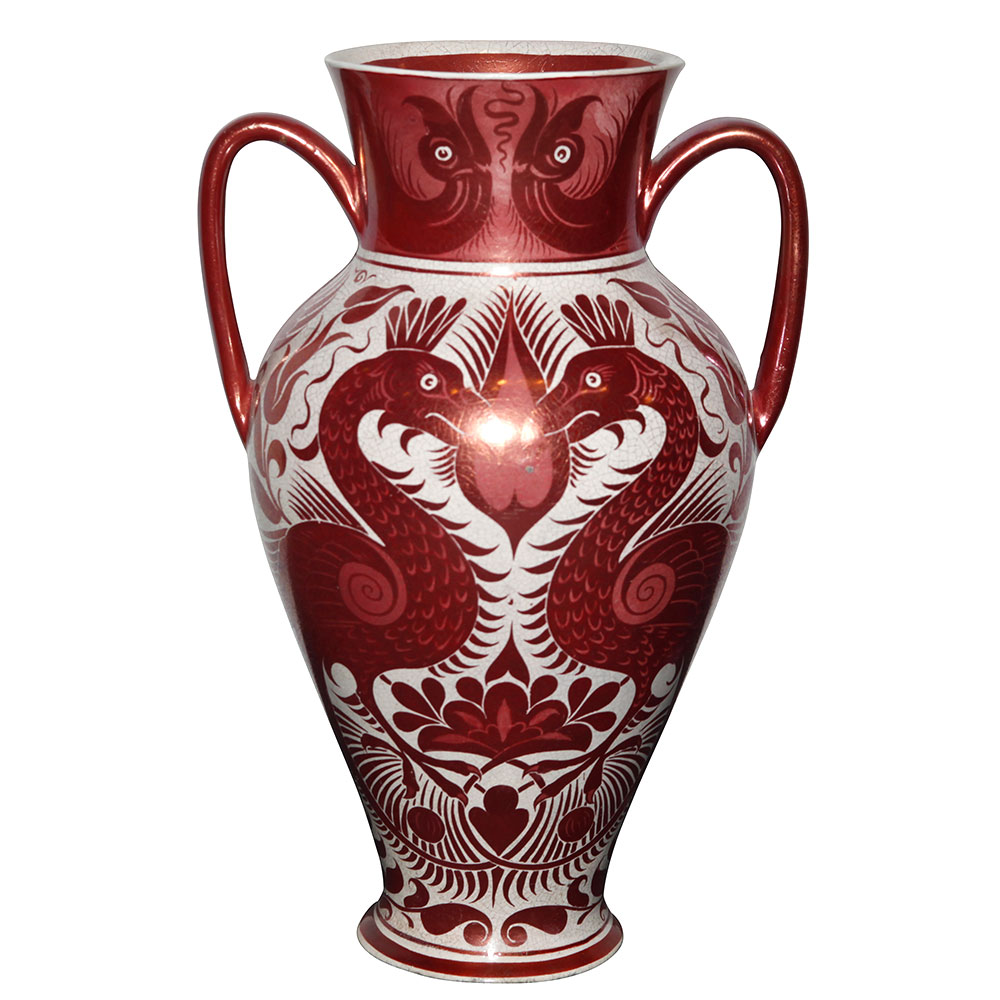
Ruby Luster Birds Vase
by W. De Morgan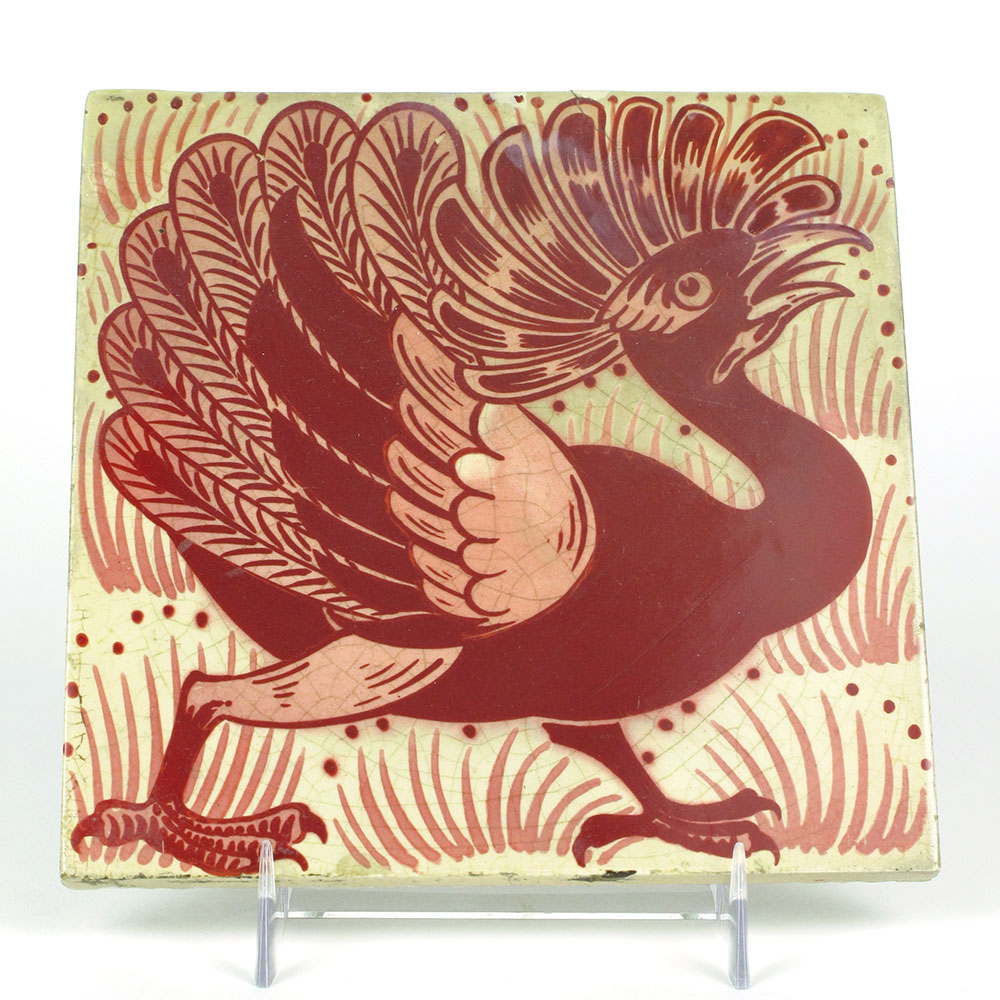
Ruby Luster Peacock Tile
by W. De Morgan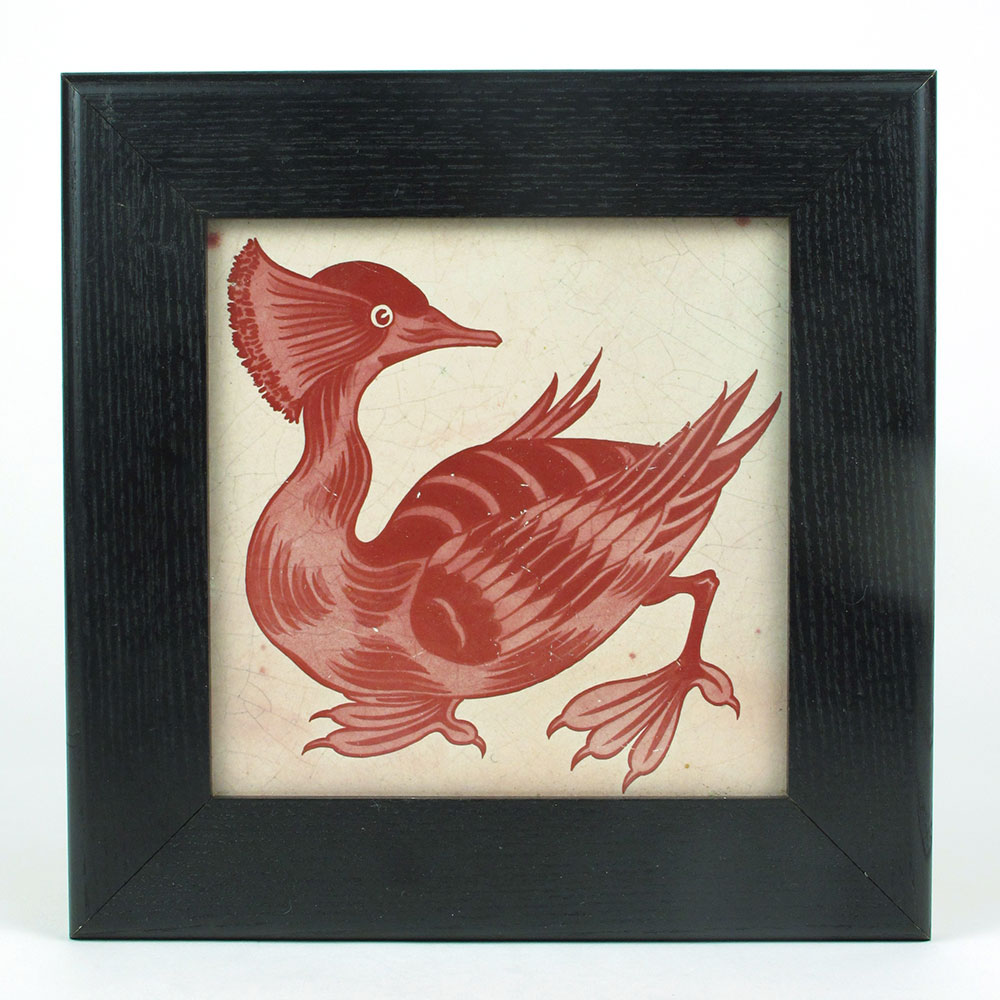
Ruby Luster Duck Tile
by W. De Morgan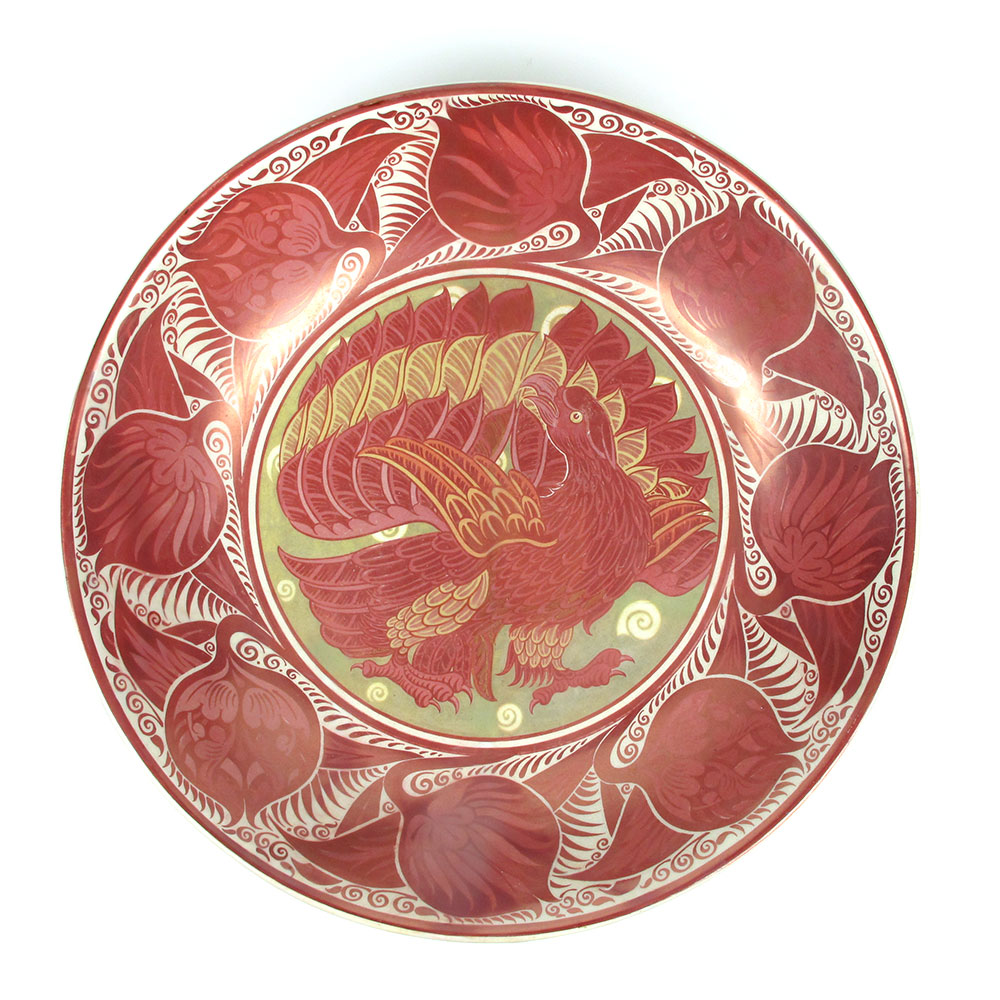
Ruby Luster Charger
by W. De Morgan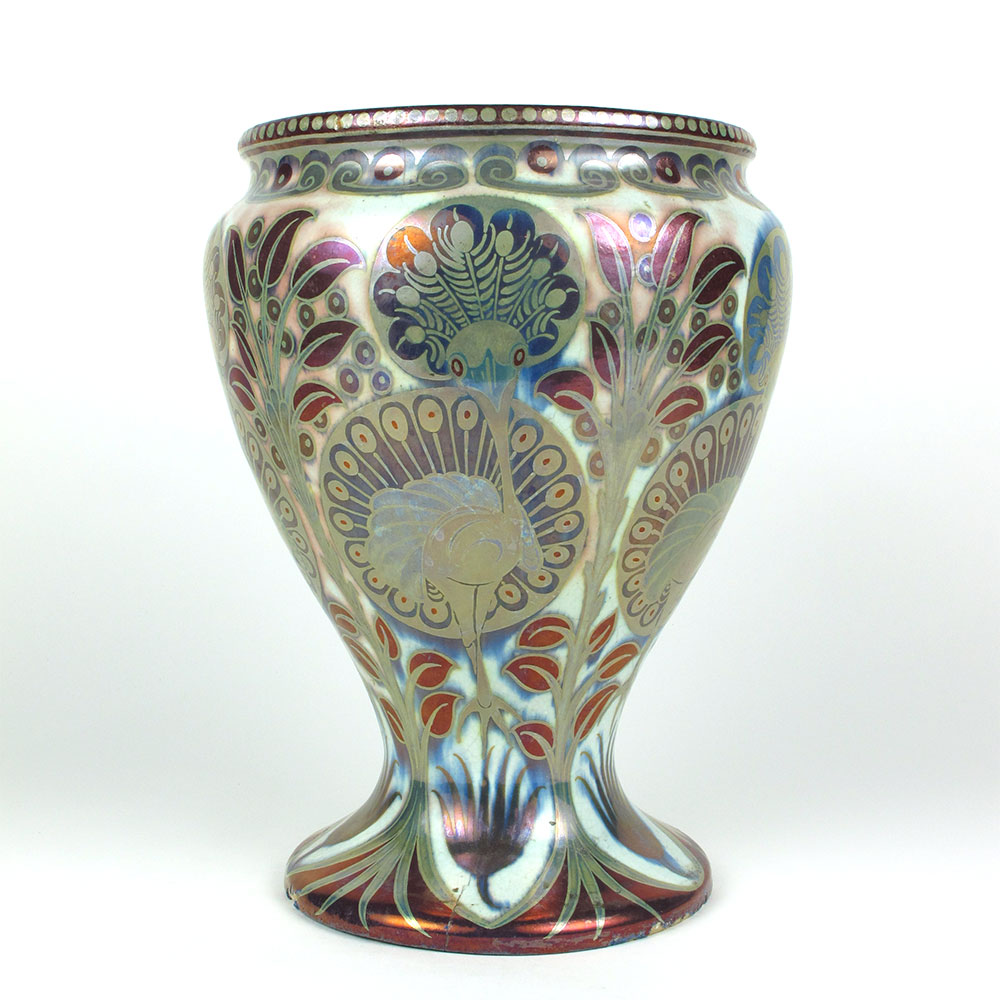
Peacock Vase
by W. De Morgan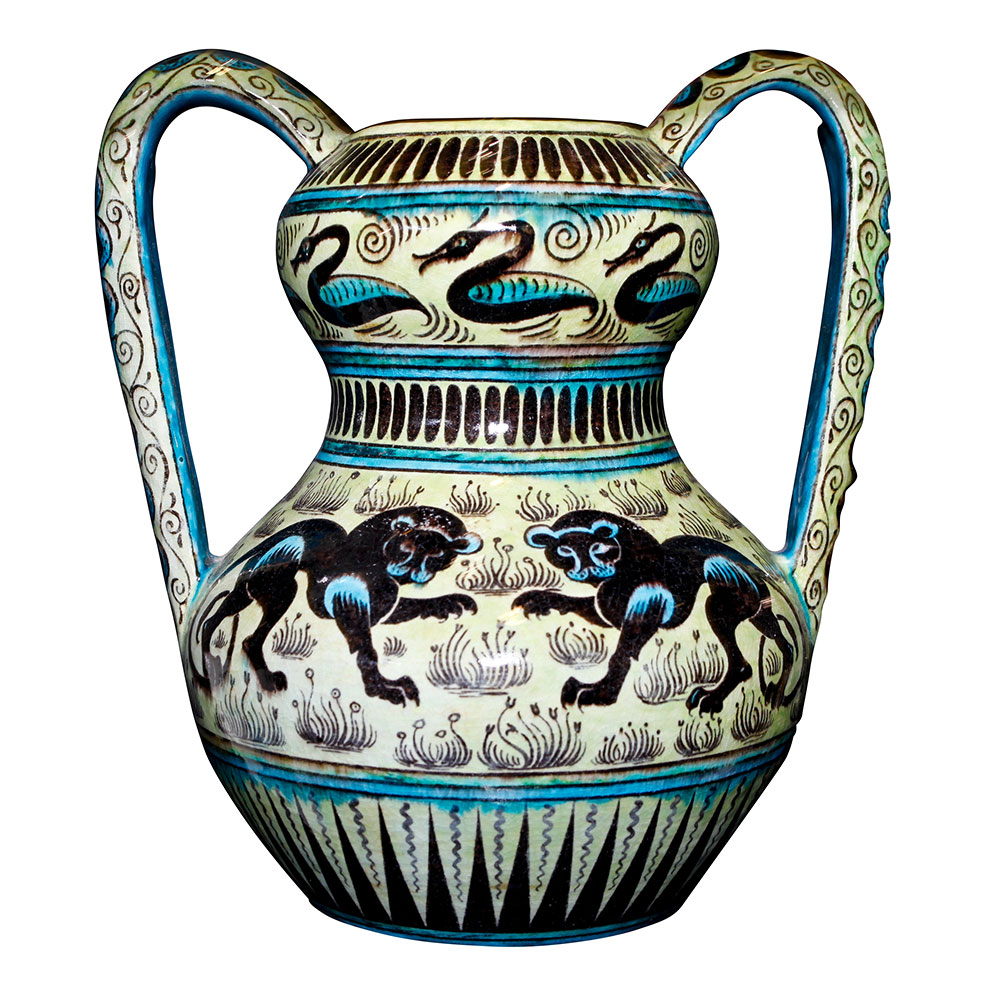
Iznik Lion Vase
by W. De Morgan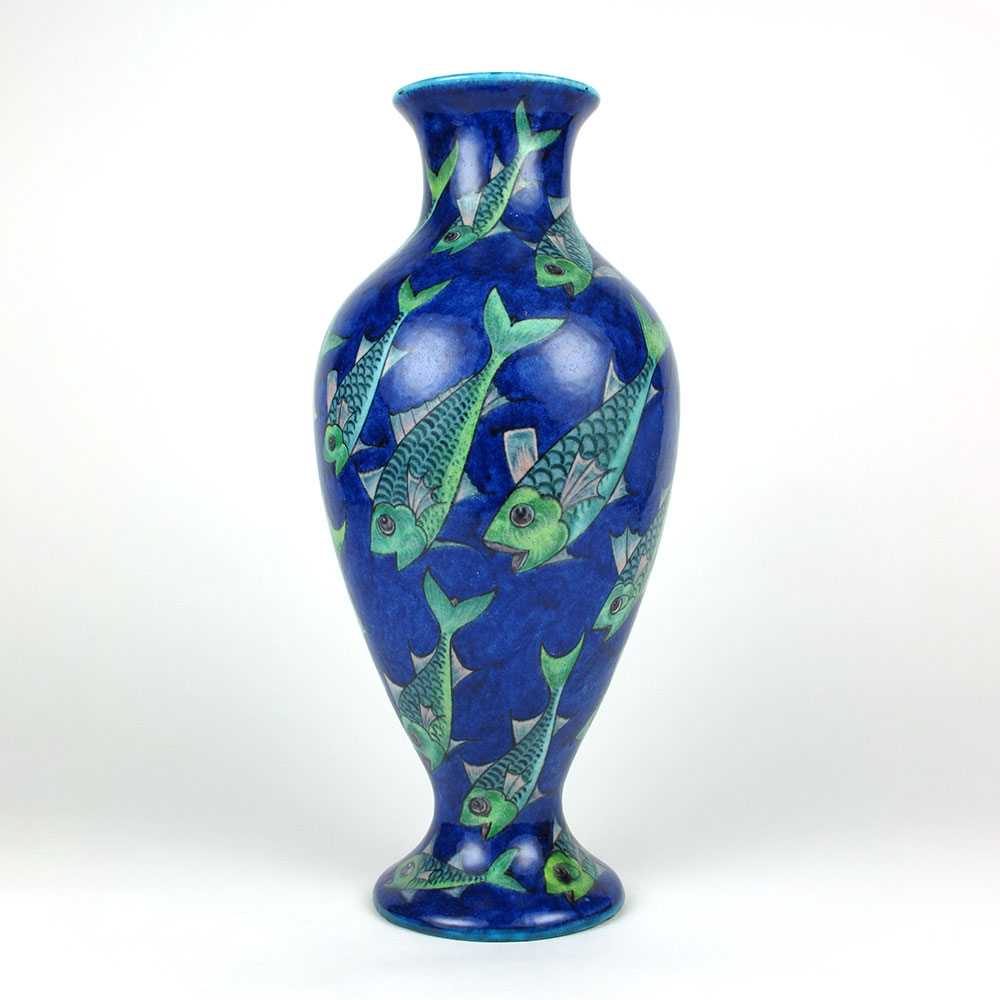
Iznik Fish Vase
by W. De Morgan
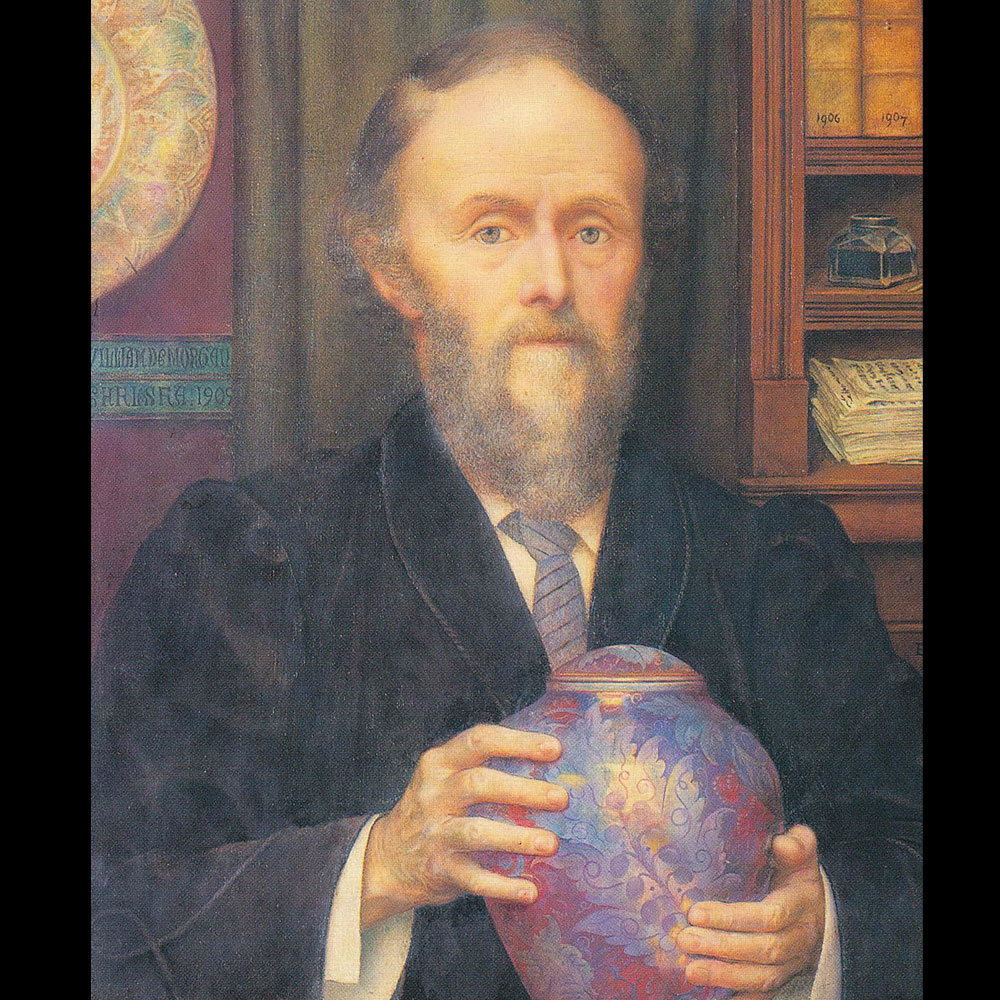
William De Morgan
